A Prominent Streptomyces sp. Biomass-Based Biosorption of Zinc (II) and Lead (II) from Aqueous Solutions: Isotherm and Kinetic
Abstract
1. Introduction
2. Materials and Methods
2.1. Preparation of Adsorbent
2.2. Preparation of Adsorbate
3. Biosorption Studies
3.1. Determination of Total Residual Metal
3.2. Metal Uptake by Biomass
4. Adsorption Isotherm
4.1. Freundlich Model
4.2. Langmuir Model
5. Kinetic Study
Mechanism of Biosorption
6. Results
6.1. Effect of pH
6.2. Effect of Biomass Amount
6.3. Effect of Metal Ion Concentration
Equilibrium Modeling
7. Isotherm Study
8. Kinetics Study
9. Characterization
9.1. Scanning Electron Microscopy
9.2. FTIR
10. Conclusions
Author Contributions
Funding
Data Availability Statement
Acknowledgments
Conflicts of Interest
References
- Singh, R.; Gautam, N.; Mishra, A.; Gupta, R. Heavy metals and living systems: An overview. Indian J. Pharmacol. 2011, 43, 246. [Google Scholar] [CrossRef] [PubMed]
- Muthusamy, P.; Murugan, S.; Smitha, M. Removal of nickel ion from industrial waste water using maize cob. Int. Res. J. Biol. Sci. 2012, 1, 7–11. [Google Scholar]
- Plouffe, G.; Bulle, C.; Deschênes, L. Case study: Taking zinc speciation into account in terrestrial ecotoxicity considerably impacts life cycle assessment results. J. Clean. Prod. 2015, 108, 1002–1008. [Google Scholar] [CrossRef]
- Kumar, V.V.; Kaladharan, P. Biosorption of Metals from Contaminated Water Using Seaweed. Curr. Sci. 2006, 90, 1263–1267. [Google Scholar]
- Bind, A.; Goswami, L.; Prakash, V. Comparative analysis of floating and submerged macrophytes for heavy metal (copper, chromium, arsenic and lead) removal: Sorbent preparation, characterization, regeneration and cost estimation. Geol. Ecol. Landsc. 2018, 2, 61–72. [Google Scholar] [CrossRef]
- El-Naggar, N.E.-A.; Hamouda, R.A.; Mousa, I.E.; Abdel-Hamid, M.S.; Rabei, N.H. Biosorption optimization, characterization, immobilization and application of Gelidium amansii biomass for complete Pb2+ removal from aqueous solutions. Sci. Rep. 2018, 8, 13456. [Google Scholar] [CrossRef]
- Abbas, S.H.; Ismail, I.M.; Mostafa, T.M.; Sulaymon, A.H. Biosorption of Heavy Metals: A Review. J. Chem. Sci. Technol. 2014, 3, 74–102. [Google Scholar]
- Vijayaraghavan, K.; Balasubramanian, R. Is biosorption suitable for decontamination of metal-bearing wastewaters? A critical review on the state-of-the-art of biosorption processes and future directions. J. Environ. Manag. 2015, 160, 283–296. [Google Scholar] [CrossRef]
- Foroutan, R.; Esmaeili, H.; Rishehri, S.D.; Sadeghzadeh, F.; Mirahmadi, S.; Kosarifard, M.; Ramavandi, B. Zinc, nickel, and cobalt ions removal from aqueous solution and plating plant wastewater by modified Aspergillus flavus biomass: A dataset. Data Brief 2017, 12, 485–492. [Google Scholar] [CrossRef]
- Mishra, V.; Balomajumder, C.; Agarwal, V.K. Biological removal of heavy metal zinc from industrial effluent by Zinc sequestering bacterium VMSDCM. Clean Technol. Environ. Policy 2014, 16, 555–568. [Google Scholar] [CrossRef]
- Abdullah, N.; Yusof, N.; Lau, W.J.; Jaafar, J.; Ismail, A.F. Recent trends of heavy metal removal from water/wastewater by membrane technologies. J. Ind. Eng. Chem. 2019, 76, 17–38. [Google Scholar] [CrossRef]
- Ibarra-Rodríguez, D.; Lizardi-Mendoza, J.; López-Maldonado, E.A.; Oropeza-Guzmán, M.T. Capacity of ‘nopal’ pectin as a dual coagulant-flocculant agent for heavy metals removal. Chem. Eng. J. 2017, 323, 19–28. [Google Scholar] [CrossRef]
- Zhang, T.; Wang, W.; Zhao, Y.; Bai, H.; Wen, T.; Kang, S.; Song, G.; Song, S.; Komarneni, S. Removal of heavy metals and dyes by clay-based adsorbents: From natural clays to 1D and 2D nano-composites. Chem. Eng. J. 2021, 420, 127574. [Google Scholar] [CrossRef]
- Huang, J.; Qi, F.; Zeng, G.; Shi, L.; Li, X.; Gu, Y.; Shi, Y. Repeating recovery and reuse of SDS micelles from MEUF retentate containing Cd2+ by acidification UF. Colloids Surf. A Physicochem. Eng. Asp. 2017, 520, 361–368. [Google Scholar] [CrossRef]
- Dabrowski, A.; Hubicki, Z.; Podkościelny, P.; Robens, E. Selective removal of the heavy metal ions from waters and industrial wastewaters by ion-exchange method. Chemosphere 2004, 56, 91–106. [Google Scholar] [CrossRef]
- Heidmann, I.; Calmano, W. Removal of Cr(VI) from model wastewaters by electrocoagulation with Fe electrodes. Sep. Purif. Technol. 2008, 61, 15–21. [Google Scholar] [CrossRef]
- Yabe, J.; Nakayama, S.M.; Ikenaka, Y.; Yohannes, Y.B.; Bortey-Sam, N.; Oroszlany, B.; Muzandu, K.; Choongo, K.; Kabalo, A.N.; Ntapisha, J.; et al. Lead poisoning in children from townships in the vicinity of a lead–zinc mine in Kabwe, Zambia. Chemosphere 2015, 119, 941–947. [Google Scholar] [CrossRef]
- Zhang, L.; Zhao, L.; Yu, Y.; Chen, C. Removal of lead from aqueous solution by non-living rhizopus nigricans. Water Res. 1998, 32, 1437–1444. [Google Scholar] [CrossRef]
- Ahmad, A.; Bhat, A.H.; Buang, A. Biosorption of transition metals by freely suspended and Ca-alginate immobilised with Chlorella vulgaris: Kinetic and equilibrium modeling. J. Clean. Prod. 2018, 171, 1361–1375. [Google Scholar] [CrossRef]
- Freundlich, H. Über die Adsorption in Lösungen. Z. Phys. Chem. 1907, 57, 385–470. [Google Scholar] [CrossRef]
- Sahmoune, M.N.; Louhab, K.; Boukhiar, A.; Addad, J.; Barr, S. Kinetic and equilibrium models for the biosorption of Cr(III) on Streptomyces rimosus. Toxicol. Environ. Chem. 2009, 91, 1291–1303. [Google Scholar] [CrossRef]
- Volesky, B.; Holan, Z.R. Biosorption of heavy metals. Biotechnol. Prog. 1995, 11, 235–250. [Google Scholar] [CrossRef] [PubMed]
- Manju, G.N.; Anoop Krishnan, K.; Vinod, V.P.; Anirudhan, T.S. An investigation into the sorption of heavy metals from wastewaters by polyacrylamide-grafted iron(III) oxide. J. Hazard. Mater. 2002, 91, 221–238. [Google Scholar] [CrossRef]
- Paduraru, C.; Tofan, L.; Teodosiu, C.; Bunia, I.; Tudorachi, N.; Toma, O. Biosorption of zinc(II) on rapeseed waste: Equilibrium studies and thermogravimetric investigations. Process Saf. Environ. Prot. 2015, 94, 18–28. [Google Scholar] [CrossRef]
- Ye, J.; Xiao, H.; Xiao, B.; Xu, W.; Gao, L.; Lin, G. Bioremediation of heavy metal contaminated aqueous solution by using red algae Porphyra leucosticta. Water Sci. Technol. 2015, 72, 1662–1666. [Google Scholar] [CrossRef]
- Shah, J.; Jan, M.R.; ul Haq, A.; Zeeshan, M. Equilibrium, kinetic and thermodynamic studies for sorption of Ni (II) from aqueous solution using formaldehyde treated waste tea leaves. J. Saudi Chem. Soc. 2015, 19, 301–310. [Google Scholar] [CrossRef]
- Nessim, R.B.; Bassiouny, A.R.; Zaki, H.R.; Moawad, M.N.; Kandeel, K.M. Biosorption of lead and cadmium using marine algae. Chem. Ecol. 2011, 27, 579–594. [Google Scholar] [CrossRef]
- Abdel-Aty, A.M.; Ammar, N.S.; Abdel Ghafar, H.H.; Ali, R.K. Biosorption of cadmium and lead from aqueous solution by fresh water alga Anabaena sphaerica biomass. J. Adv. Res. 2013, 4, 367–374. [Google Scholar] [CrossRef]
- Zou, H.-X.; Li, N.; Wang, L.-H.; Yu, P.; Yan, X.-F. Equilibrium and Kinetic Studies of Cd2+ Biosorption by the Brown Algae Sargassum fusiforme. PLoS ONE 2014, 9, e95242. [Google Scholar] [CrossRef]
- Liu, X.; Chen, Z.-Q.; Han, B.; Su, C.-L.; Han, Q.; Chen, W.-Z. Biosorption of copper ions from aqueous solution using rape straw powders: Optimization, equilibrium and kinetic studies. Ecotoxicol. Environ. Saf. 2018, 150, 251–259. [Google Scholar] [CrossRef]
- Zhang, X.; Zhang, J.; Zheng, J.; Xin, D.; Xin, Y.; Pang, H. Streptomyces wuyuanensis sp. nov., an actinomycete from soil. Int. J. Syst. Evol. Microbiol. 2013, 63 Pt 8, 2945–2950. [Google Scholar] [CrossRef] [PubMed]
- Sahmoune, M.N.; Louhab, K.; Boukhiar, A. Studies of Chromium Removal from Tannery Effluents by Dead Streptomyces rimosus. Chem. Prod. Process Model. 2008, 3, 1–18. [Google Scholar] [CrossRef]
- Dhanasekaran, D.; Thajuddin, N.; Panneerselvam, A. An antifungal compound: 4′ phenyl-1-napthyl-phenyl acetamide from Streptomyces sp. Dptb16. Med. Biol. 2008, 15, 7–12. [Google Scholar]
- Rho, J.Y.; Kim, J.H. Heavy Metal Biosorption and its Significance to Metal Tolerance of Streptomycetes. J. Microbiol. 2002, 40, 51–54. [Google Scholar]
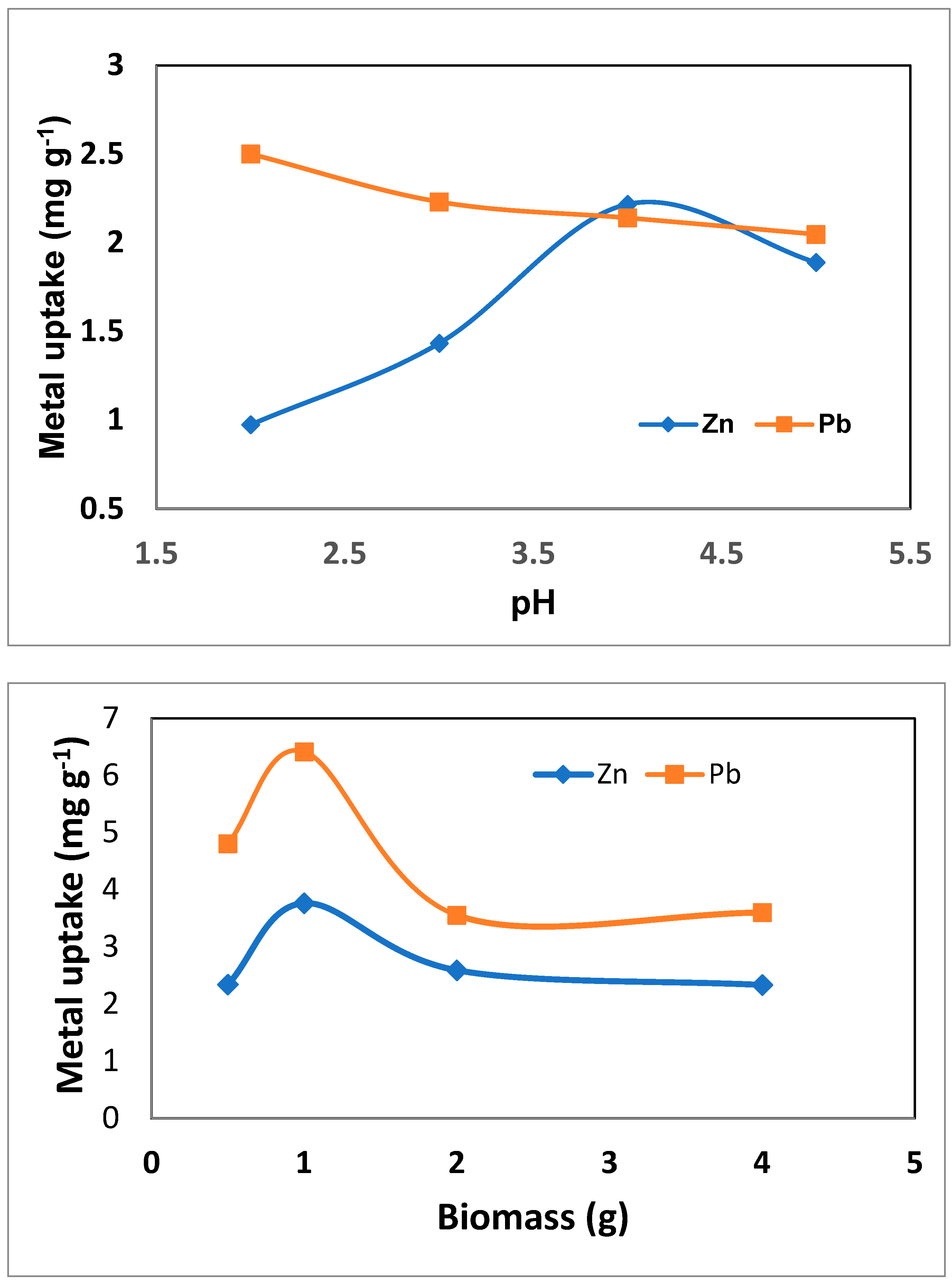
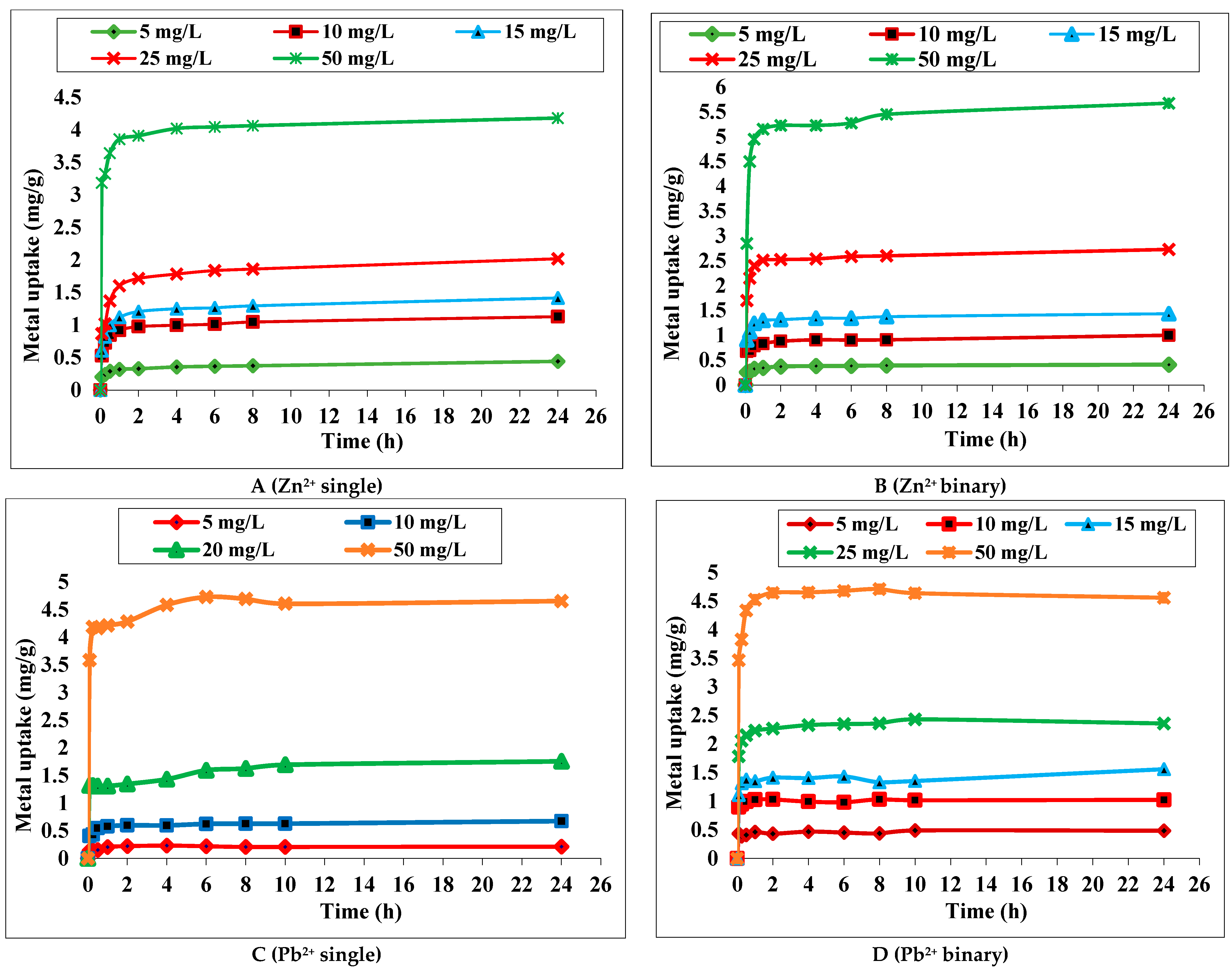
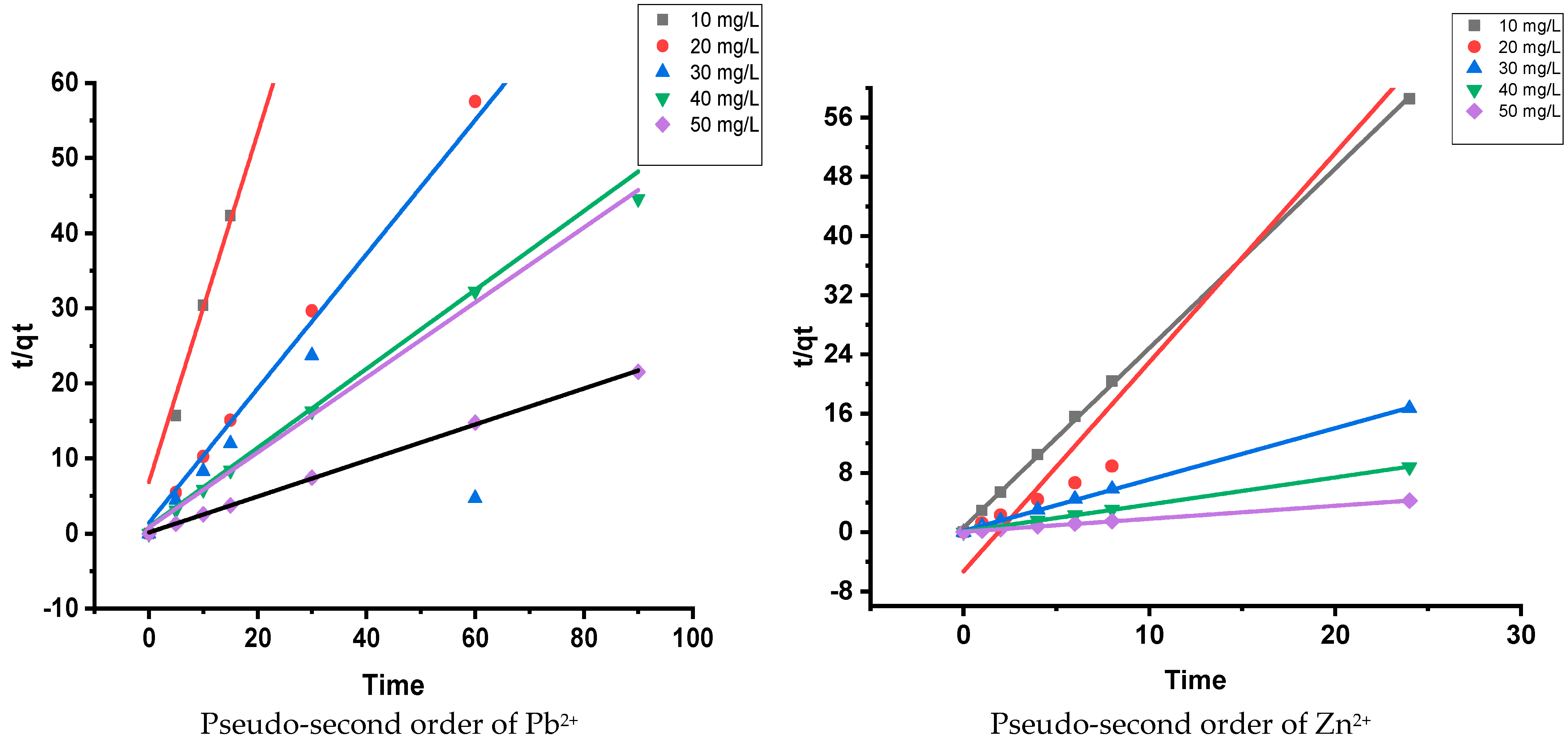
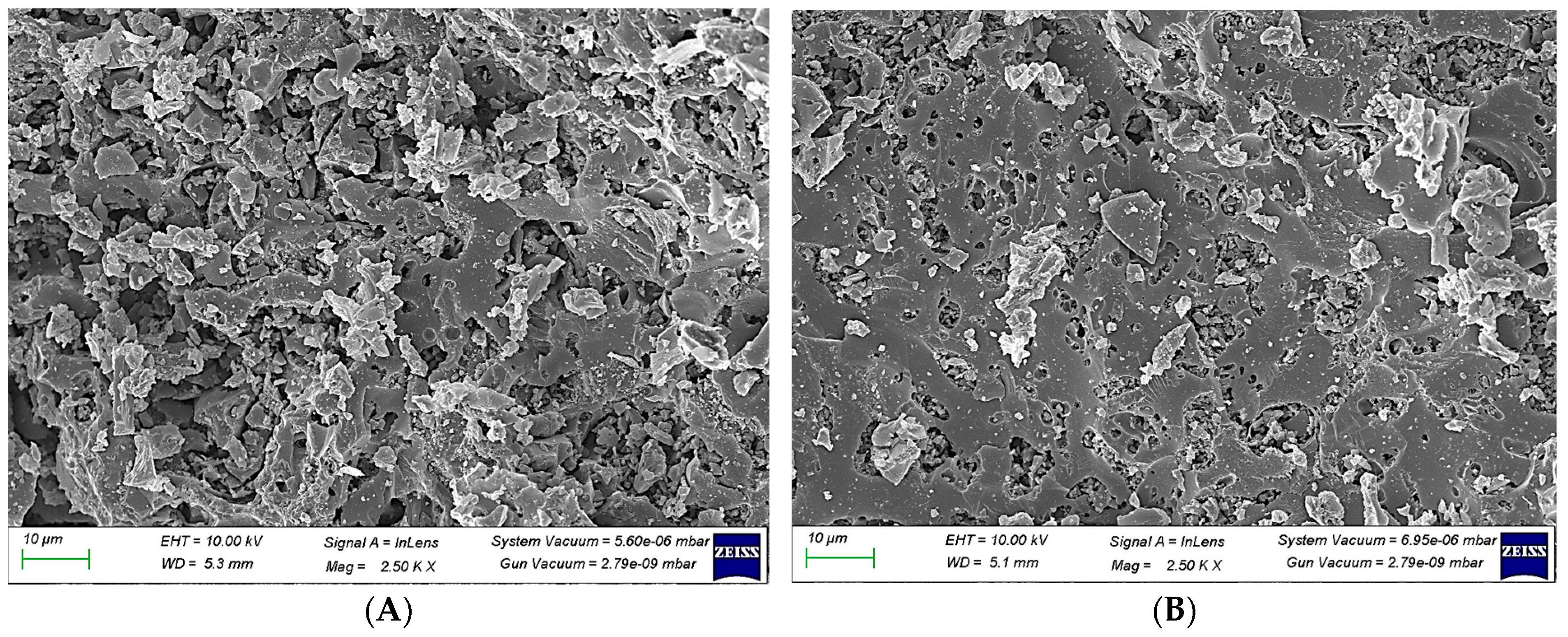
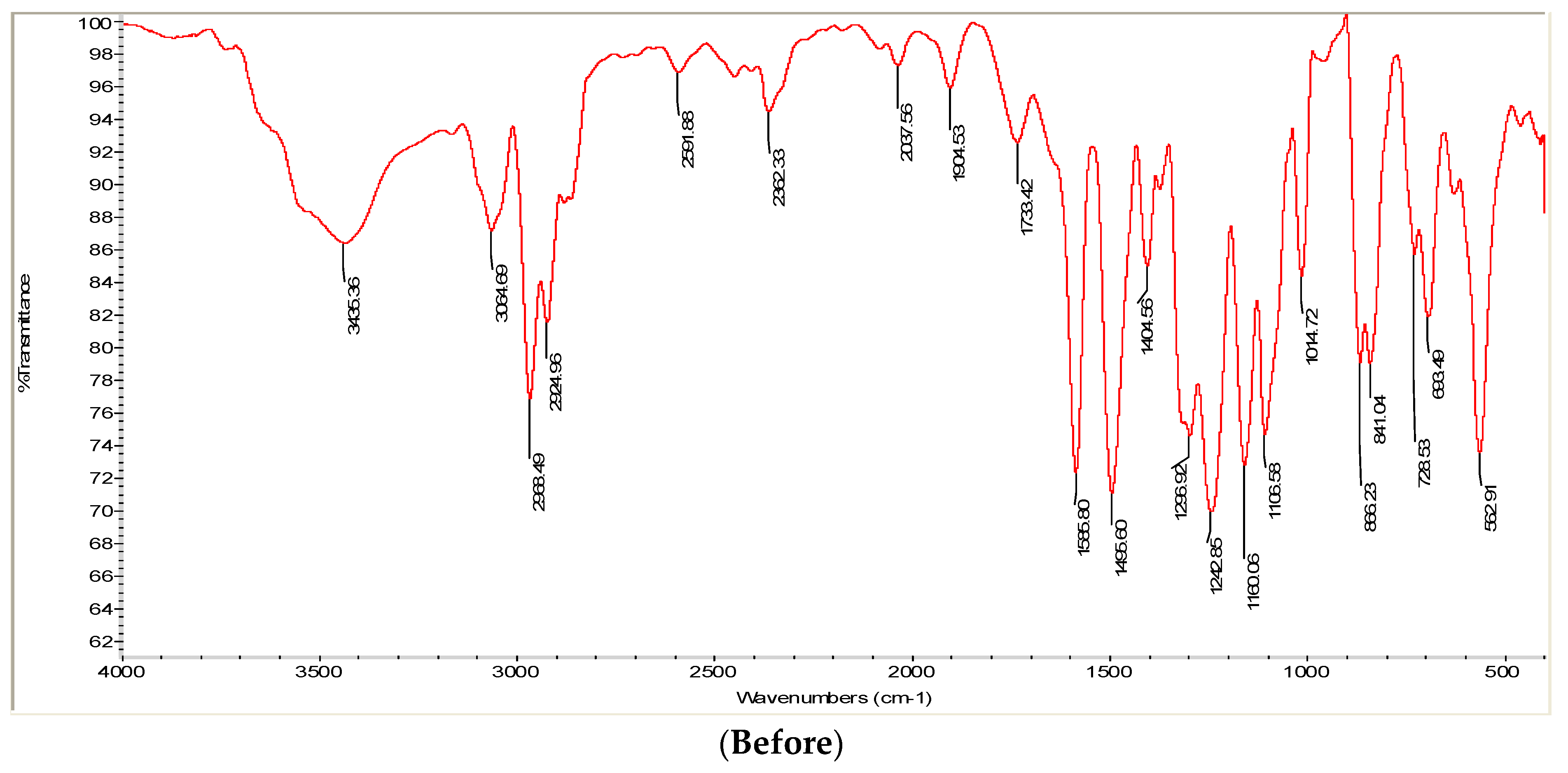
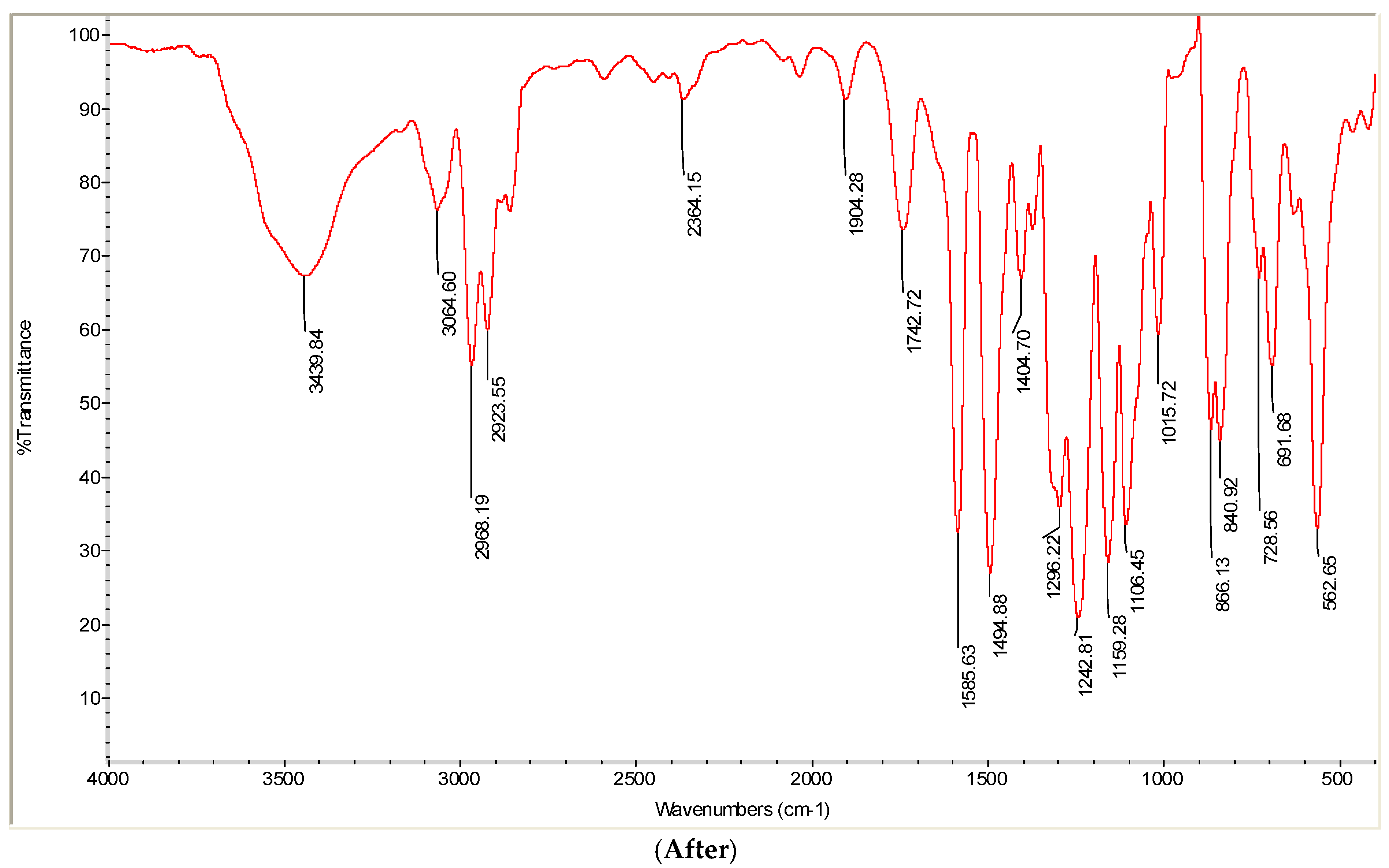
| Treatment Approach | Principle | Efficiency | Selectivity | Cost | Environmental Impact | References |
|---|---|---|---|---|---|---|
| Biosorption | Adsorption of heavy metals onto biosorbents such as biomass, algae, or microorganisms | High removal efficiency for specific metals | Can be highly selective for specific metals | Generally cost-effective | Low energy requirements and minimal waste generation | [13] |
| Chemical Precipitation | Formation of insoluble precipitates with heavy metals | Varies depending on the specific metals and conditions | Limited selectivity based on solubility and pH | Relatively cost-effective | Generation of sludge or precipitates as byproducts | [14] |
| Ion Exchange | Exchange of heavy metal ions with ions on solid resin | High removal efficiency for specific metals and conditions | Selective based on resin properties and operating | Relatively cost-effective | Generation of brine or regenerant solution | [15] |
| Electrocoagulation | Electrochemical coagulation and floc formation | Varies depending on the operating parameters | Moderate selectivity based on the membrane pore size | Relatively cost-effective | Generation of sludge or byproducts | [12] |
| Membrane Filtration | Passage of water through a semi-permeable membrane | Varies depending on the membrane properties | Varies depending on the surface properties | Varies depending on the specific application | Energy requirements depend on the membrane type | [11] |
| Activated Carbon Adsorption | Adsorption of heavy metals onto activated carbon | High affinity for heavy metals | High selectivity based on metals and chemical species | Varies depending on the | Generation of spent carbon as a byproduct | [13] |
| Chemical Oxidation/Reduction | Chemical conversion of heavy metals to less soluble or less toxic forms | Varies depending on the chemical reaction and conditions | Selective based on the target metals and the chosen oxidizing or | Varies depending on the specific application specific application | Generation of byproducts or residual chemicals | [16] |
| Membrane Processes | Selective removal of heavy metals through ion-exchange membranes | Varies depending on the membrane properties and operating conditions | Selective based on the membrane properties and ion exchange capacity | Varies depending on the membrane and system setup | Low energy requirements and minimal waste generation | [11] |
| Concentration (mg L−1) | % Removal | |||
|---|---|---|---|---|
| Single Sorption System | Binary Sorption System | |||
| Zn2+ | Pb2+ | Zn2+ | Pb2+ | |
| 5 | 86.86 | 73.05 | 92.13 | 98.43 |
| 10 | 86.53 | 87.35 | 95.23 | 96.57 |
| 15 | 77.08 | 90.63 | 94.75 | 95.9 |
| 25 | 90.76 | 93.04 | 97.04 | 94.96 |
| 50 | 90.41 | 92.52 | 97.82 | 97.26 |
| Conc. (mg L−1) | qmax (mg g−1) for a Single Metal Biosorption System | qmax (mg g−1) for Binary Metal Biosorption System | |||
|---|---|---|---|---|---|
| qpb | qzn | qpb | qzn | Total q (qpb + qzn) | |
| 5 | 0.21 | 0.48 | 0.41 | 0.44 | 0.85 |
| 10 | 0.67 | 1.02 | 1.00 | 1.13 | 2.13 |
| 15 | 1.75 | 1.56 | 1.43 | 1.42 | 2.85 |
| 25 | 2.58 | 2.36 | 2.72 | 2.02 | 4.74 |
| 50 | 4.65 | 4.56 | 5.67 | 4.18 | 9.85 |
| Freundlich Constant | ||||||
|---|---|---|---|---|---|---|
| Metal | Single Sorption System | Binary Sorption System | ||||
| Kf | n | R2 | Kf | n | R2 | |
| Zn2+ | 1.5 | 2.88 | 0.9543 | 3.28 | 0.835 | 0.9463 |
| Pb2+ | 0.8769 | 0.3649 | 0.9348 | 2.4 | 1.474 | 0.8857 |
| Langmuir Constant | ||||||
| Metal | Single Sorption System | Binary Sorption System | ||||
| qmax | b | R2 | qmax | b | R2 | |
| Zn2+ | −2.44 | −0.27 | 0.8595 | −1.26 | −0.74 | 0.9371 |
| Pb2+ | 0.38 | 0.52 | 0.7750 | 2.67 | 2.78 | 0.8582 |
| Kinetics Model | Parameters | Zinc | Lead |
|---|---|---|---|
| Pseudo-first order | k1 (min−1) | 0.0054 | 0.0130 |
| qe (mg g−1) | 1.1219 | 1.3447 | |
| R2 | 0.6413 | 0.9265 | |
| Pseudo-second order | k2 (min−1) | 10.121 | 0.7877 |
| qe (mg g−1) | 0.4122 | 0.4308 | |
| R2 | 0.9996 | 0.9879 |
Disclaimer/Publisher’s Note: The statements, opinions and data contained in all publications are solely those of the individual author(s) and contributor(s) and not of MDPI and/or the editor(s). MDPI and/or the editor(s) disclaim responsibility for any injury to people or property resulting from any ideas, methods, instructions or products referred to in the content. |
© 2023 by the authors. Licensee MDPI, Basel, Switzerland. This article is an open access article distributed under the terms and conditions of the Creative Commons Attribution (CC BY) license (https://creativecommons.org/licenses/by/4.0/).
Share and Cite
Kumari, S.; Agrawal, N.K.; Agarwal, A.; Kumar, A.; Malik, N.; Goyal, D.; Rajput, V.D.; Minkina, T.; Sharma, P.; Garg, M.C. A Prominent Streptomyces sp. Biomass-Based Biosorption of Zinc (II) and Lead (II) from Aqueous Solutions: Isotherm and Kinetic. Separations 2023, 10, 393. https://doi.org/10.3390/separations10070393
Kumari S, Agrawal NK, Agarwal A, Kumar A, Malik N, Goyal D, Rajput VD, Minkina T, Sharma P, Garg MC. A Prominent Streptomyces sp. Biomass-Based Biosorption of Zinc (II) and Lead (II) from Aqueous Solutions: Isotherm and Kinetic. Separations. 2023; 10(7):393. https://doi.org/10.3390/separations10070393
Chicago/Turabian StyleKumari, Sheetal, Nitin Kumar Agrawal, Animesh Agarwal, Anil Kumar, Neeraj Malik, Dinesh Goyal, Vishnu D. Rajput, Tatiana Minkina, Pinki Sharma, and Manoj Chandra Garg. 2023. "A Prominent Streptomyces sp. Biomass-Based Biosorption of Zinc (II) and Lead (II) from Aqueous Solutions: Isotherm and Kinetic" Separations 10, no. 7: 393. https://doi.org/10.3390/separations10070393
APA StyleKumari, S., Agrawal, N. K., Agarwal, A., Kumar, A., Malik, N., Goyal, D., Rajput, V. D., Minkina, T., Sharma, P., & Garg, M. C. (2023). A Prominent Streptomyces sp. Biomass-Based Biosorption of Zinc (II) and Lead (II) from Aqueous Solutions: Isotherm and Kinetic. Separations, 10(7), 393. https://doi.org/10.3390/separations10070393










